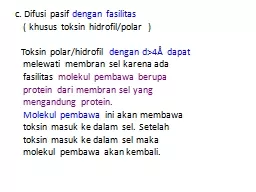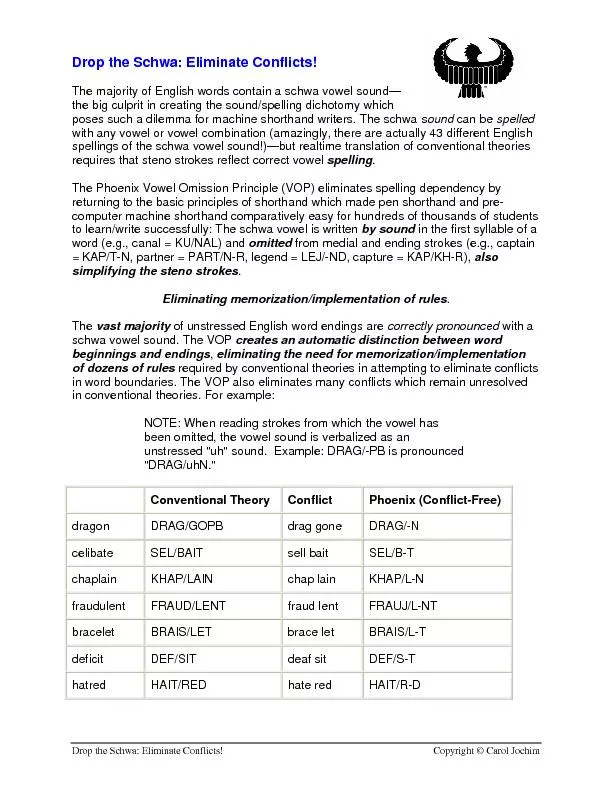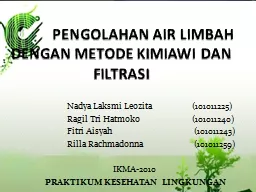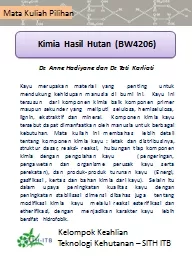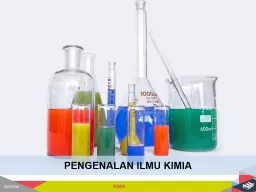PPT-SEL Part # 1 Kimia Kehidupan
Author : olivia-moreira | Published Date : 2018-11-09
Pertemuan 2 Hirarki Biologi A Molecule Actin Atom Myosin Actin B Organelle Myofibril found only in muscle cells Myofibril organelle C Cell and tissue Muscle cell
Presentation Embed Code
Download Presentation
Download Presentation The PPT/PDF document "SEL Part # 1 Kimia Kehidupan" is the property of its rightful owner. Permission is granted to download and print the materials on this website for personal, non-commercial use only, and to display it on your personal computer provided you do not modify the materials and that you retain all copyright notices contained in the materials. By downloading content from our website, you accept the terms of this agreement.
SEL Part # 1 Kimia Kehidupan: Transcript
Download Rules Of Document
"SEL Part # 1 Kimia Kehidupan"The content belongs to its owner. You may download and print it for personal use, without modification, and keep all copyright notices. By downloading, you agree to these terms.
Related Documents


